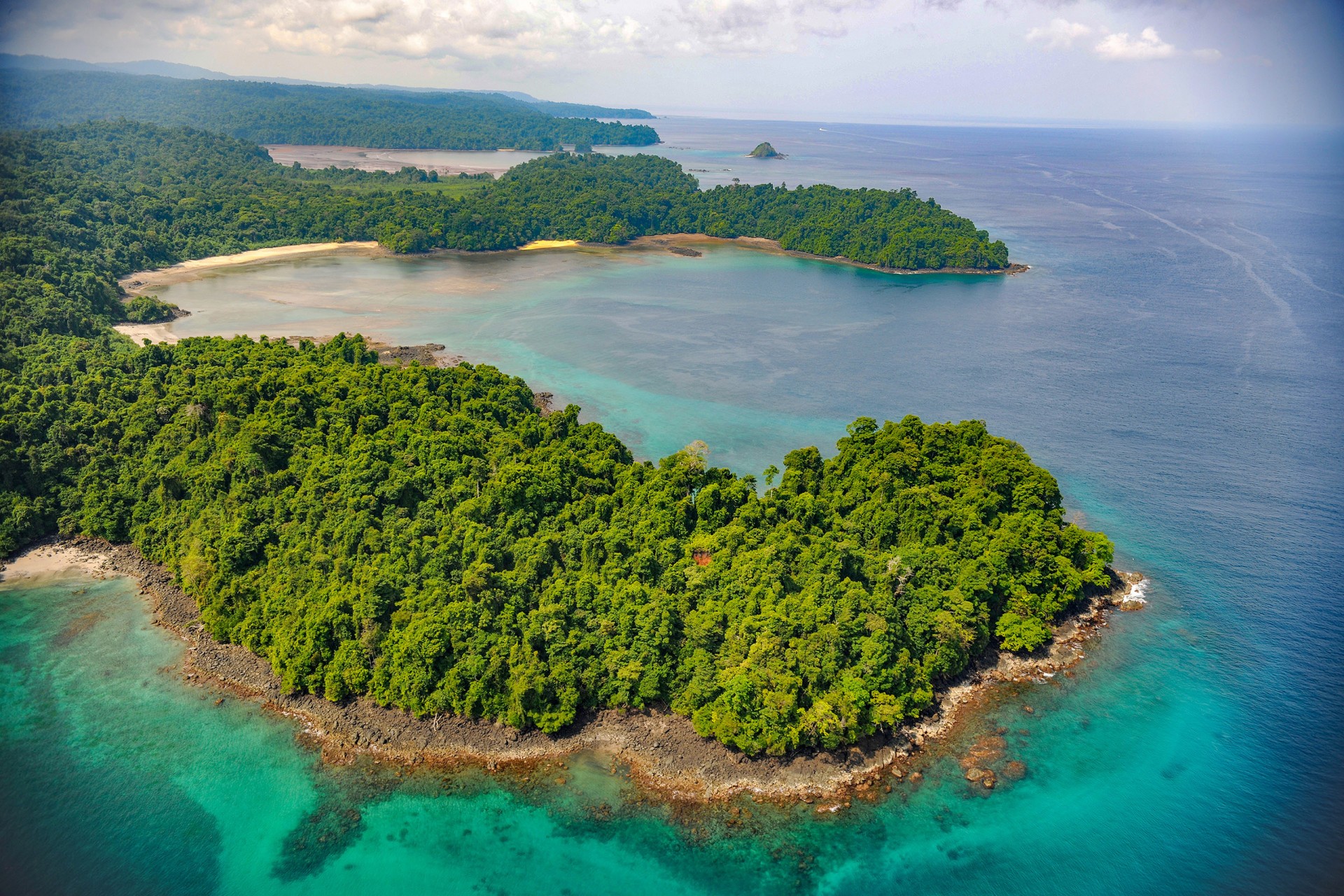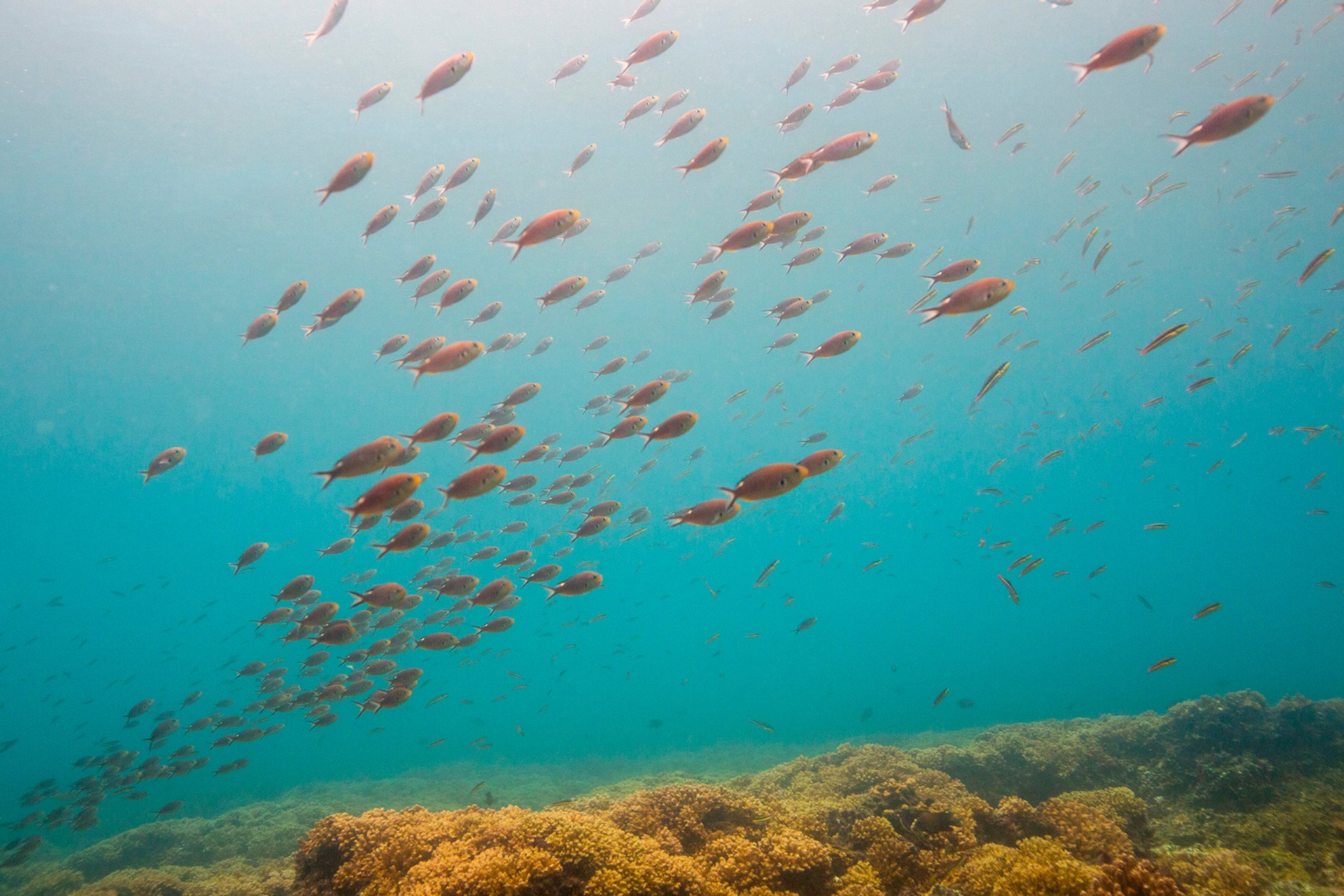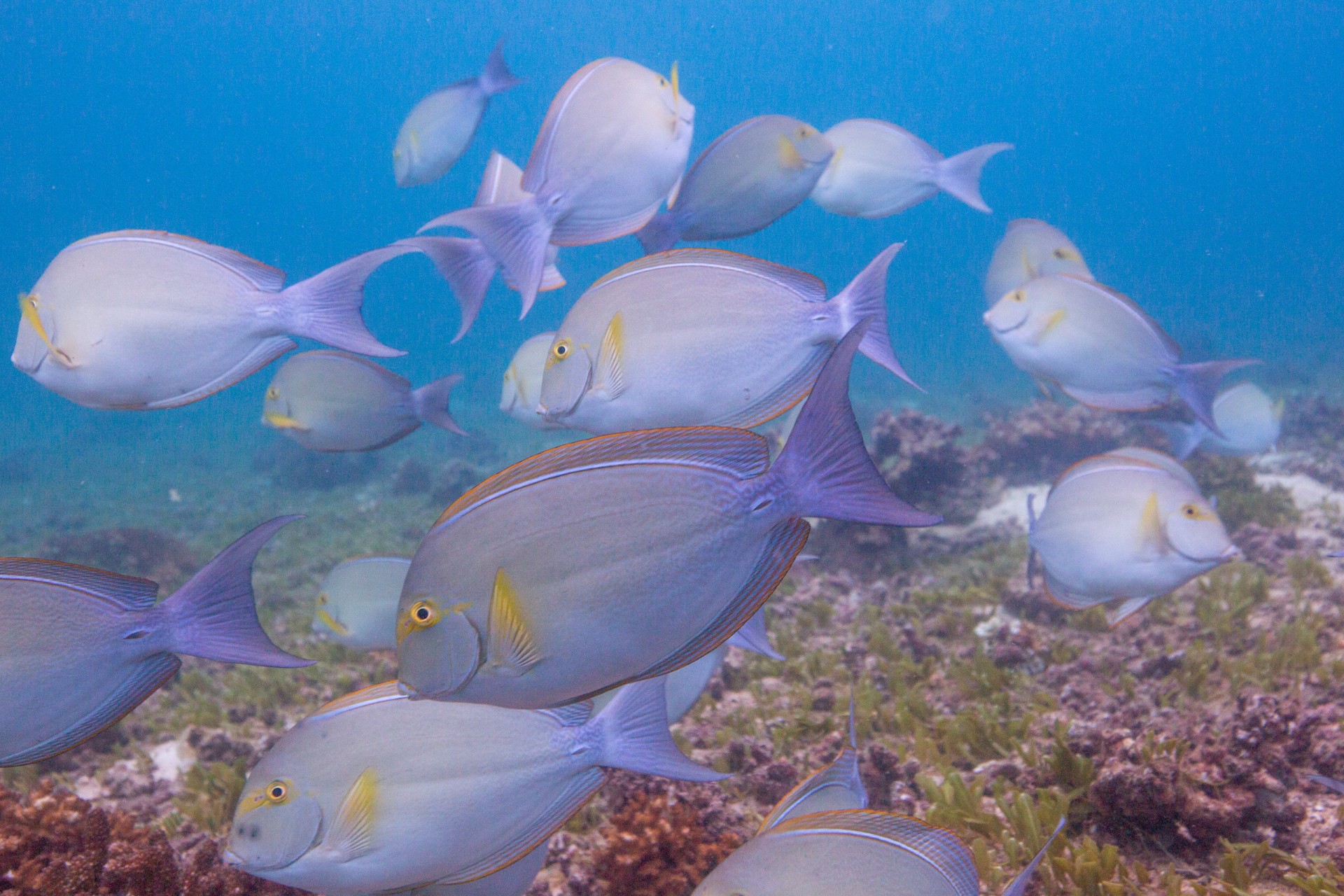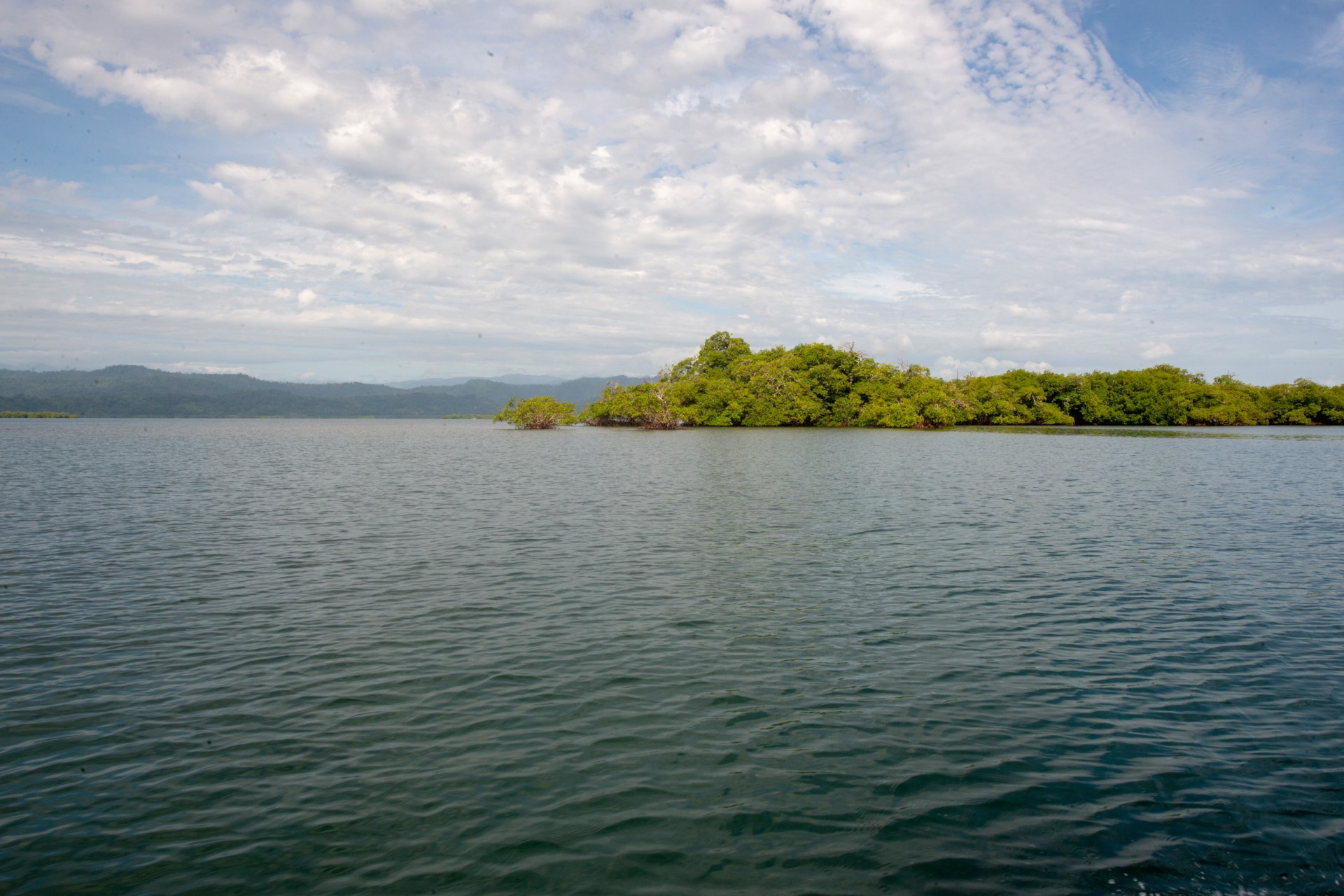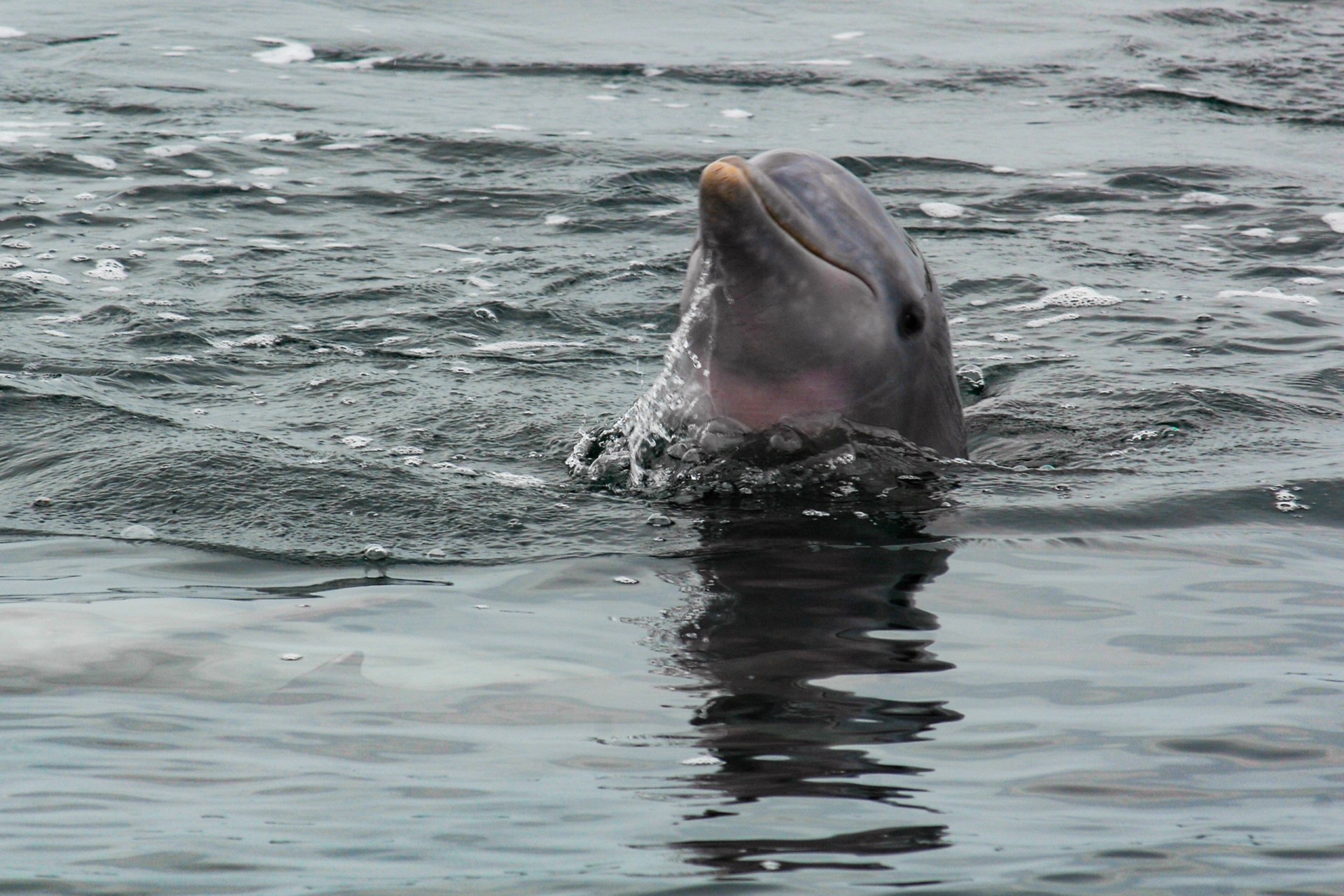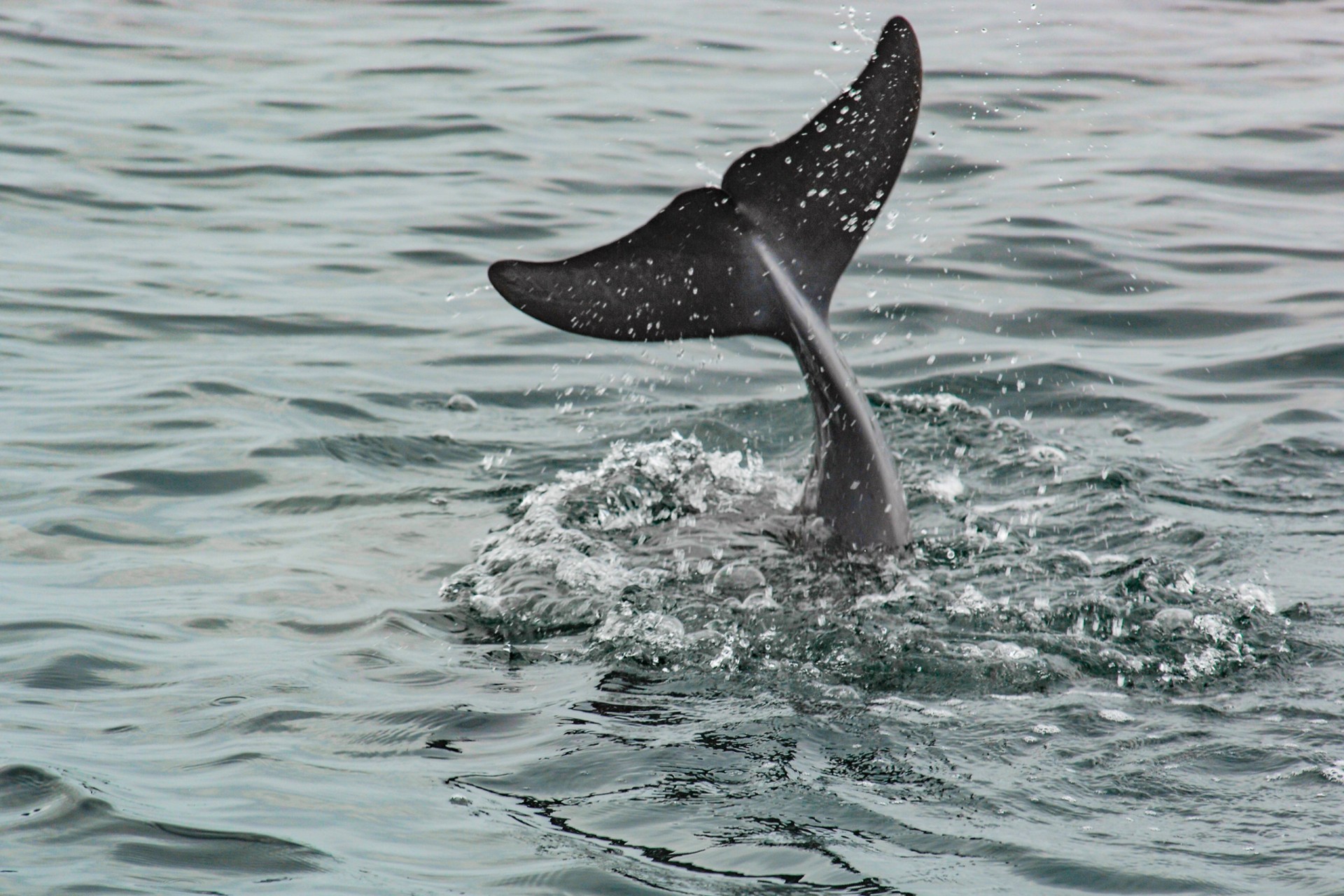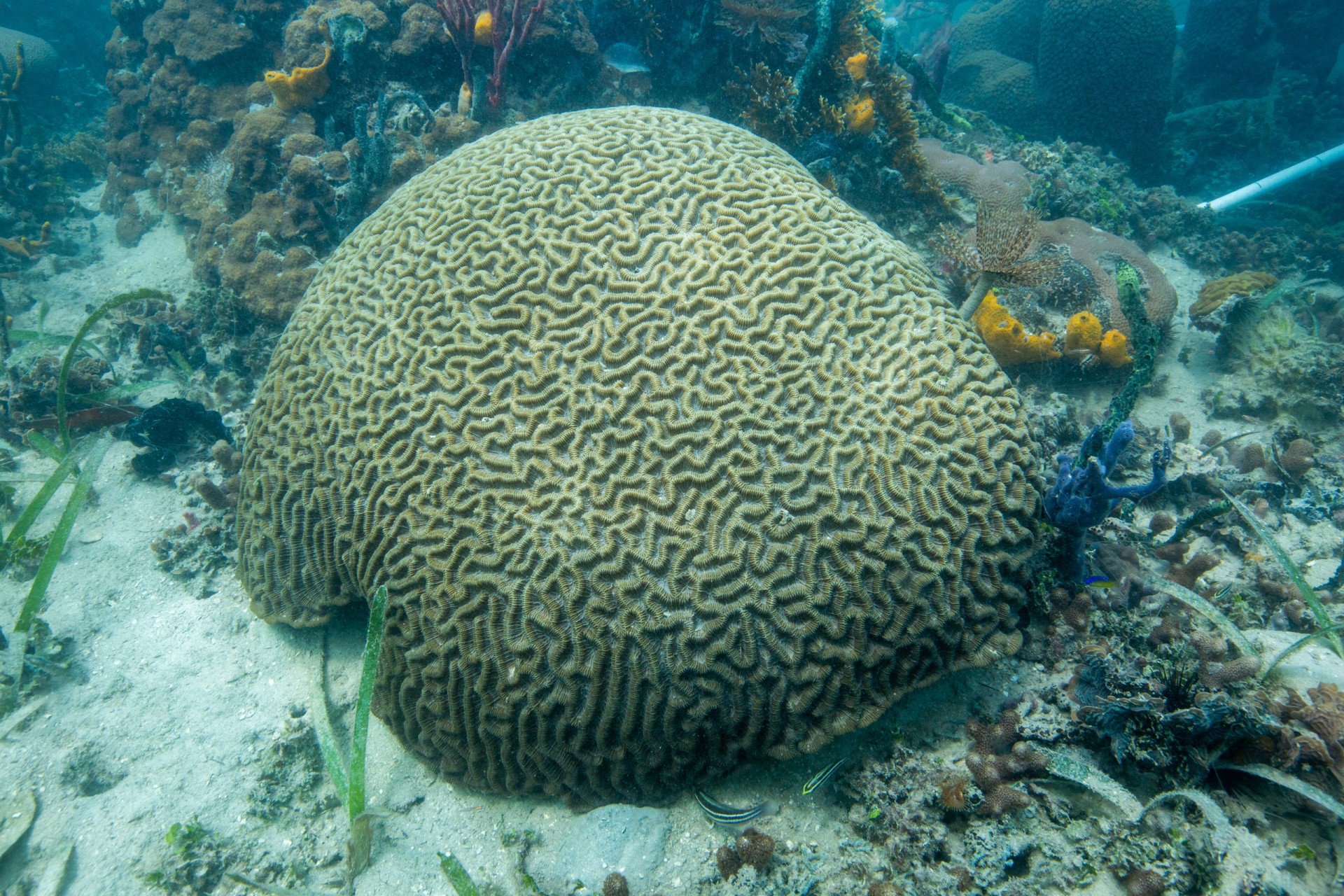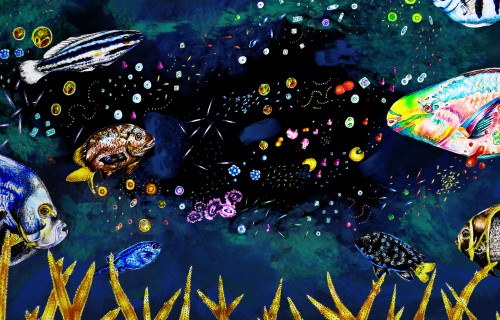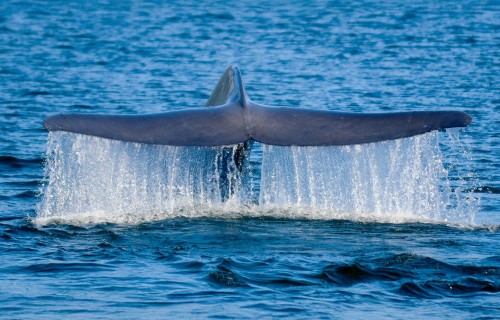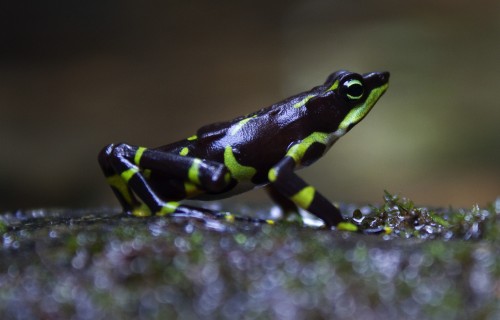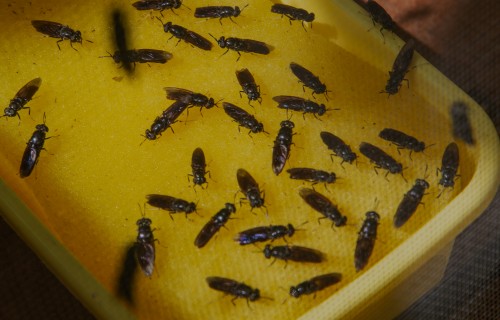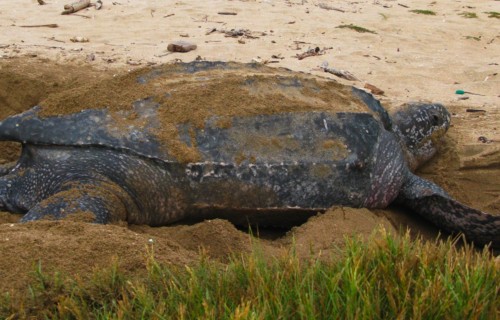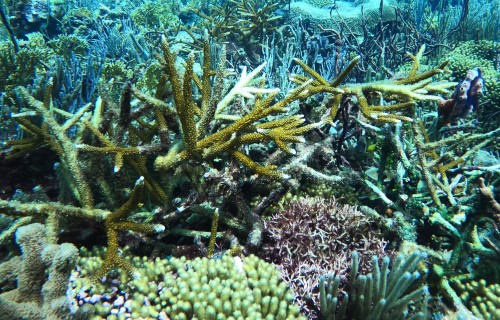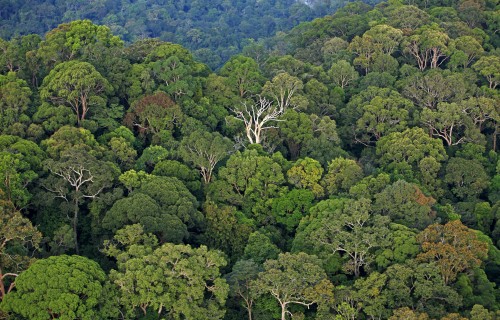Above the tropical forest canopy,
sensors capture the fluxes of gases
between the trees and the atmosphere
Marine
Protected
Areas
“The MPA Guide”: Local voices must be
heard for effective ocean protection
Text by Leila Nilipour
The guide aims to be a clarifying, science-based framework guiding the global community in the establishment of Marine Protected Areas
Marine Protected Areas (MPAs) are one of the main tools for ocean conservation worldwide; they are intended to conserve biodiversity and promote healthy marine ecosystems. In light of the recent campaign to protect 30% of the world’s oceans by 2030, clarity about how to design and evaluate MPAs is crucial. In order to address this need, a team of scientists from around the world, including the Smithsonian Tropical Research Institute (STRI), developed “The MPA Guide.”
About 70% of the world’s surface is covered by oceans, yet less than 10% of it exists within a protected zone. Furthermore, MPAs are not a one-size-fits-all category: there are a variety of types, depending on the level of protection. This often leads to confusion when it comes to designing and implementing an MPA and could potentially lead to not achieving the desired conservation goals.
“The MPA Guide,” published in Science, categorizes MPAs by stage of establishment and level of protection, and specifies the resulting outcomes for biodiversity and human well-being depending on the chosen level of protection. Currently, most MPAs around the world are only lightly or minimally protected; some protection of biodiversity exists, but extraction and other impacts are allowed.
“The race to simply protect a certain percentage of the ocean could detract from the importance of MPA quality; and, importantly, from thinking about who is involved and affected by the establishment of an MPA,” said Ana Spalding, research associate at STRI, associate professor of marine and coastal policy at Oregon State University (OSU) and co-author of the study.
The race to simply protect a certain percentage of the ocean could detract from the importance of MPA quality and from thinking about who is involved and affected by the establishment of an MPA. Credit: Jorge Alemán/STRI.
As a social scientist, Spalding helped develop the social outcomes section of the MPA Guide, which highlights the importance of including local peoples in the decision-making process. In essence, an MPA that is designed taking local people’s needs into account will be more effective for conservation than an MPA that does not.
“External, market-driven demand for marine resources often influences the extent and scale of local communities’ resource use,” Spalding said. “By better understanding local needs and traditions, it is possible to identify alternative and sustainably livelihood strategies that benefit people and nature.”
With the signing of an executive decree that expands the limits of the Coiba MPA last June, Panama reached the goal of protecting 30% of its marine surface many years before the 2030 deadline. Now there are talks about possibly expanding the limits of the Bocas del Toro MPA in the country’s Caribbean. For marine biologist Cinda Scott of the School for Field Studies in Bocas del Toro, this is positive sign, but she feels that to be done right, a social-impact study should be considered.
“We must reassess the goals of park: who will benefit and how are we going to do this while respecting and enhancing the livelihoods of those who have been living here for a long time,” Scott said.
The team thinks that the publication of “The MPA Guide” comes at a key time and hopes to be a clarifying, science-based framework guiding the global community as it makes important ocean conservation decisions in the upcoming IUCN World Conservation Congress, the COP26 UN Climate Change Conference and the COP Convention on Biological Diversity.
Reference: Grorud-Colvert et al. (2021) The MPA Guide: A framework to achieve global goals for the ocean. Science. https://doi.org/10.1126/science.abf0861

